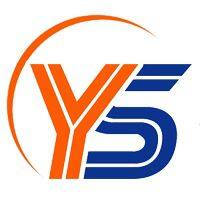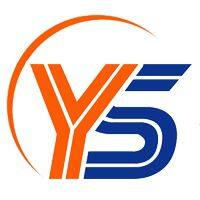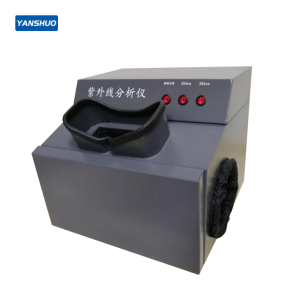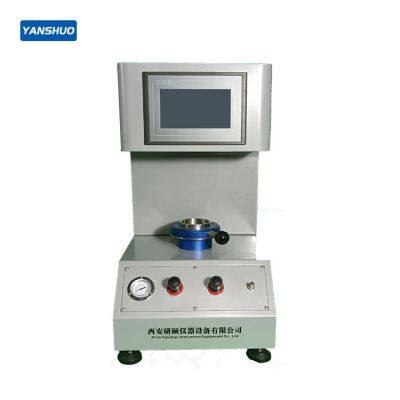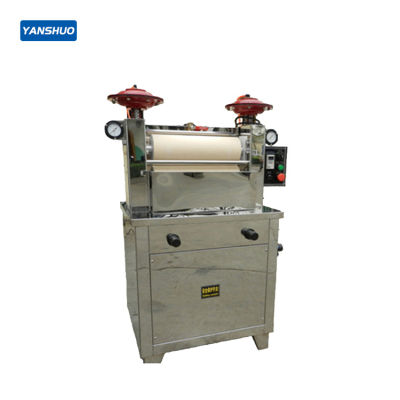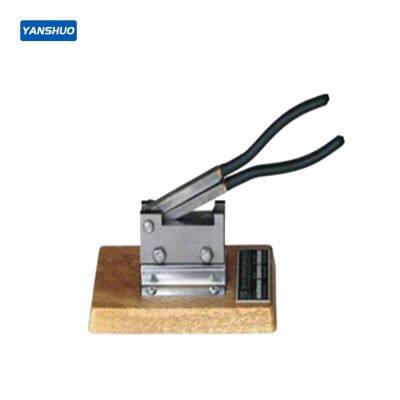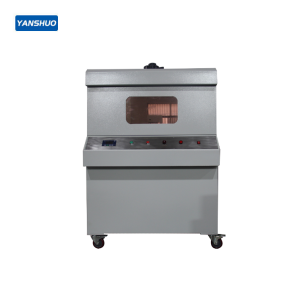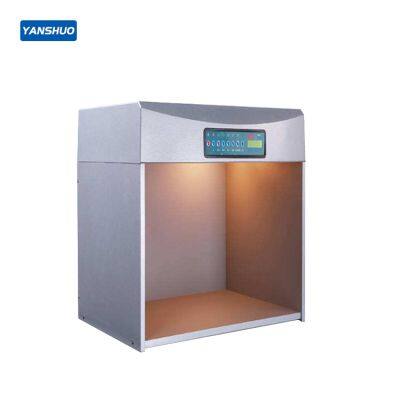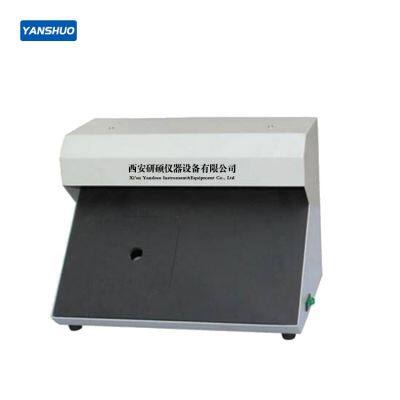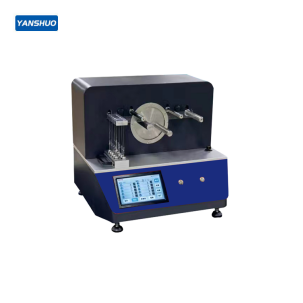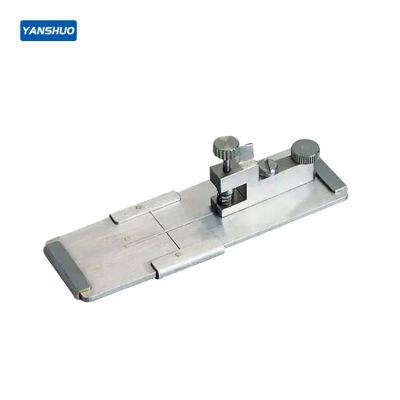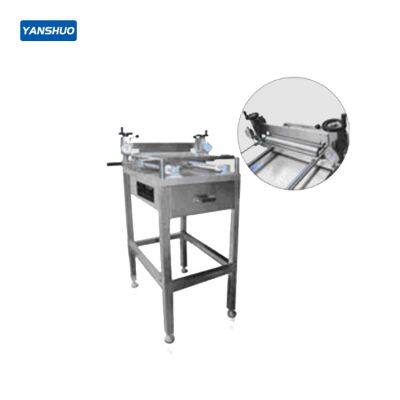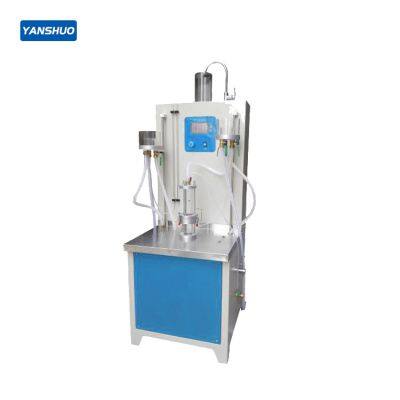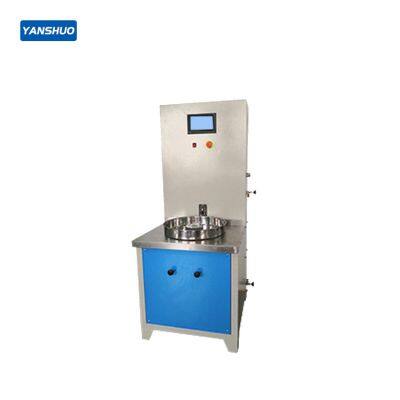Breaking Traditions! How Universal Testing Machines Achieve 360° 3D Mechanical Testing
I. Why 3D Mechanical Testing?
Limitations of traditional uniaxial testing
Fails to simulate real-world stresses: Materials often experience multi-directional forces (e.g., tension+shear+torsion in automotive crashes)
Inadequate for composites: Carbon fiber fabrics show up to 40% strength variation under angled loads (ISO 15797 data)
Evolving standards: EN 14704-1:2023 now includes multi-axis testing requirements
Industry pain point: 90% of labs still rely on uniaxial tests, leading to over-engineered or underperforming products
II. Core Technological Breakthroughs
1. Multi-axis sensor systems
Triaxial force measurement (X/Y/Z axes, ±0.5% accuracy)
Systems like Zwick's multiXten measure combined tension+compression+bending
2. Dynamic angle-adjusting fixtures
Motorized rotating grips (0-360° continuous adjustment, 0.1° resolution)
Case study: A 15° off-axis tensile test revealed 28% lower strength in aerospace composites
3. Real-time deformation tracking
3D-DIC (Digital Image Correlation) monitors full-field strain distribution
https://via.placeholder.com/600x400?text=3D+Mechanical+Testing+System
III. Key Applications & Data Interpretation
Material | Test Mode | Critical Parameters | Standard |
Carbon fiber tubes | Tension+torsion (30°/s) | Shear modulus G12, max torque | EN 14704-1 Annex B |
Medical silicone | Multi-directional compression (5Hz) | Permanent deformation <3% (1M cycles) | ISO 10993-10 |
Seatbelt webbing | 45° oblique impact | Energy absorpti |
IV. Implementation Guide
1. Equipment selection
Entry-level: Domestic 3-axis systems (¥800K-1.2M, ±1% accuracy)
Premium: Imported 6-DOF platforms (¥3M+, with environmental controls)
2. Test protocol design
Step 1: CT scan to identify critical load paths
Step 2: ANSYS simulation predicts failure modes
Step 3: Program asymmetric loading sequences
3. Compliance
EU: Requires EN 14704-1 multi-axis certification
China: Follows GB/T 3354-2014 for multiaxial reinforcements
V. Future Innovations
1. AI prediction systems
Input material parameters → Auto-generate optimal test paths (MIT lab achieves <3% error)
2. Miniaturized testing units
Swiss-developed MEMS multi-axis sensors for embedded real-time monitoring
3. VR integration
Adjust test angles via VR headsets (Instron 2025 concept)
Recently Posted
-
Why do disposable diapers need to be tested with professional testing instruments?
August 23, 2025I. Limitations of subjective assessment1.1 Uncontrollable factors in manual testingTraditional manual testing methods have many limitations:Inconsistent testing conditions: The temperature, volume, and pouring speed of the liquid are difficult to standardize in each test.Subjective result judgment: Different personnel have different judgment criteria.Difficult to quantify data: It is impossible to provide precise numerical evRead More -
Domestic vs. Imported Electronic Tensile Testing Machines: Performance Comparison and Cost-Effective
August 22, 20251. Brand Comparison: Technological Heritage and Market LandscapeImported Brands: Examples include Instron, MTS, and Zwick/Roell, which have long dominated the high-end market with a rich history and deep technological heritage. Their products are known for high precision and stability, particularly excelling in fields such as aerospace and cutting-edge scientific research. However, prices are generally high, often two times oRead More -
From Beginner to Expert: Daily Calibration and Error Compensation Techniques for Electronic Universa
August 21, 2025I. Why is Calibration So Important? The Chain Reaction of Errors:A 0.5% force value error can lead to a >20% deviation in fatigue life prediction (ASTM E739 data).Case Study: A spring factory failed to calibrate promptly, resulting in a batch of products exceeding stiffness standards and incurring losses of ¥800,000.Mandatory Standards:ISO 7500-1 stipulates: Class 1 equipment requiresRead More -
Electronic Tensile Tester Selection Guide: 5 Easily Overlooked Key Parameters
August 20, 2025I. Range Selection: Bigger Isn't Always BetterGolden Ratio Principle:Routine test forces should fall within 10%-90% of the range (ASTM E4 requirement)Case: A testing lab purchased a 100kN machine for 5N wire tests, resulting in ±8% error (3x over-limit)Multi-Range Solutions:Test TypeRecommended RangeAccuracy RangeTextile fibers0.5-500N±0.5%Automotive wires1-10kN±0.8%Metal materials10-300kN±1.0%Smart Sensor Tech:Zwick RoelRead More

